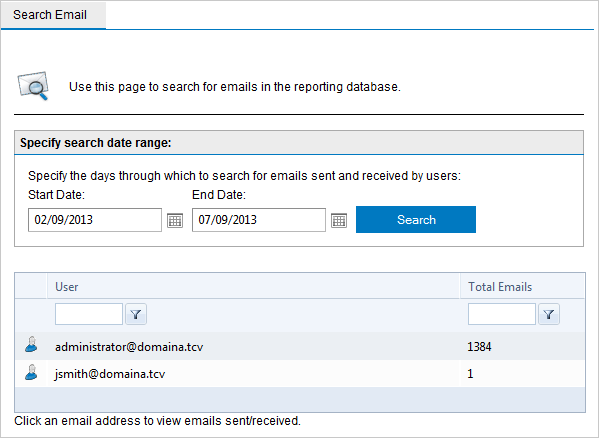

It moves one character position at a time when you press the space bar. It also moves when you insert a field, automatically staying to the right of the field. The insertion point moves as you type, automatically staying to the right of the last character. Whenever the object is in edit mode, it contains an insertion point, a flashing vertical line that indicates the position at which typed text or inserted fields will begin. In the edit mode you can insert text and such nontext objects as database fields and formulas. You can also put a text object into the edit mode by double-clicking it if it’s inactive or in the move/resize mode.Įach text object contains word processor capabilities, including the ability to change the fonts for individual characters and fields, and automatic word wrap. When you first place a text object, the program sets it in the edit mode. When the object is in the edit mode, it appears as a broken line frame without sizing handles, and an in-place ruler appears at the top of the tab. by clicking the frame when the object is in edit mode. by clicking the text object when it is inactive, orĢ. You put a text object into the move/resize mode in one of two ways:ġ. You can also insert fields in this mode, but you can not insert text. In this mode, you can resize the object by dragging any of the resizing handles, or you can move it by placing the cursor inside the object and dragging it to a new location. When the object is in the move/resize mode, it appears as a broken line frame with resizing handles.

When subreports or other variable length objects are placed above other objects in one section of the report while the Can Grow option for the variable length object is toggled on in the Format Editor, that object may overprint objects positioned directly below it unless you have:

#Mailessentials reports.mdb how to
How to prevent variable length objects from overwriting each other


 0 kommentar(er)
0 kommentar(er)
